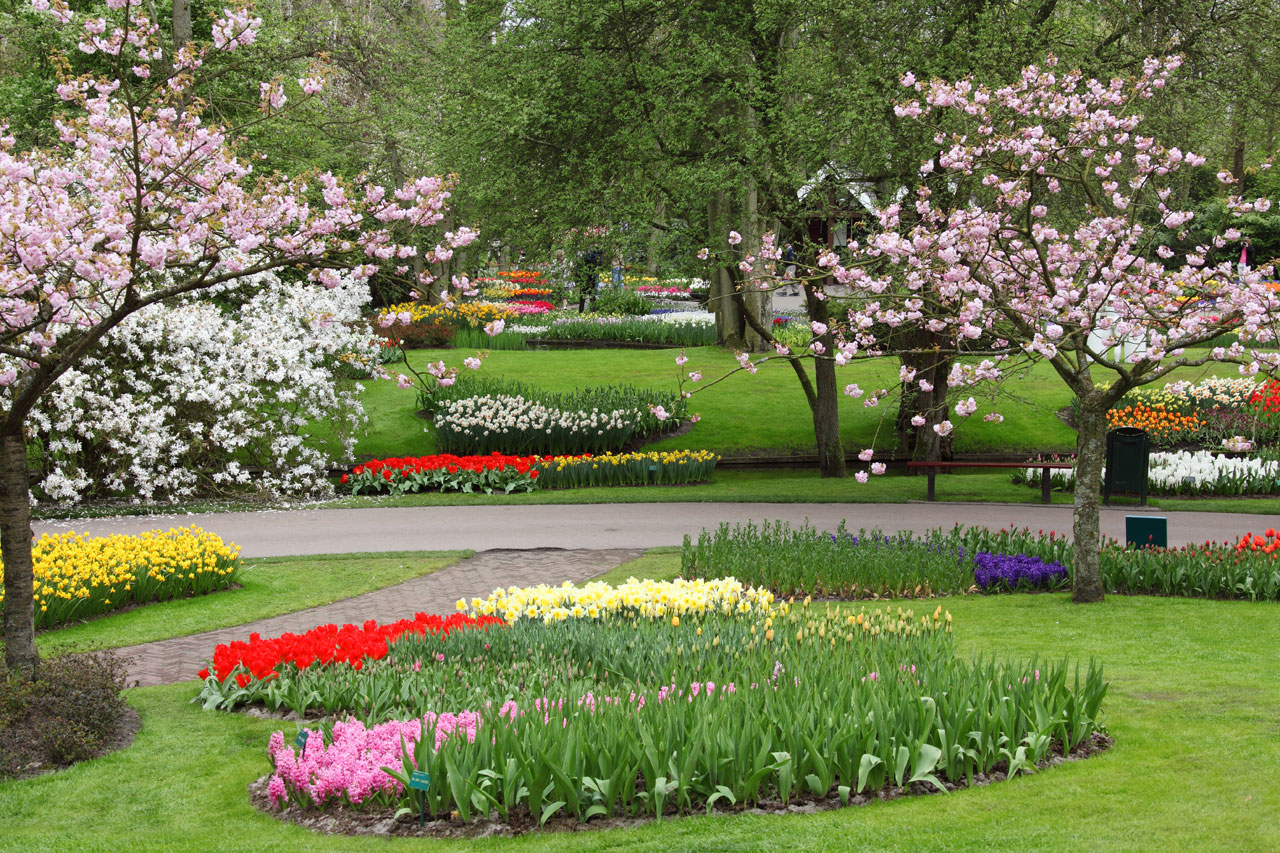Spring is here!!

Spring has finally arrived HALLEJULAH! It’s hard not to go tearing into the garden full boar and go totally nuts. Though it is important not to be trouncing around on the beds if they are too wet but there’s lots to be done. I thought it would be best to simply add on some additional tasks from last year’s spring garden blog which can be read here.
Repairs
Not sure about you folks but all the heavy snow really washed out my garden edges and caused the raised veggie bed walls to bow outwards. The best way to deal with this is to dig out the soil around the bowed boards and add new sturdier stakes or posts. Check on trellises and fencing as well, it is much easier to fix these things before there are plants to work around.
Top Dressing
If your fall mulch has not decomposed appreciably you will need to rake it aside. Use compost or well-seasoned manure and spread over your beds, resist the temptation to aggressively turn the soil there’s an ecosystem already established and that dirt and it’s best not to disturb it. The nutrients from the top dressing will leech into the ground over time.
Mulching
Once you’ve finished top dressing your beds it’s time to consider mulch. Another byproduct of all that ice and snow is faded mushy mulch. It also may have mounded in certain areas being pushed about in the drifts. When adding mulch to garden beds or around the base of fruit trees, keep the mulch a few inches away from tree trunks and the crowns and stems of plants. This will help reduce rot on the stems of young plants and will protect the bark of young fruit trees. There’s not much colour from the plants yet so a fresh layer of mulch can really wake up your outdoor space.
Lawn-tastic
Is your yard displaying any of the following symptoms: Large irregular dead patches, grey or pink cottony fungus, general malaise? (lol) with the ground being totally covered in the snow for pretty much all of January and February don’t be surprised to discover snow mould on your lawn. This mould should go away on its own after the first mow. If you have a particularly bad blight you may need a fungicide.
Re-seed bare patches of lawn. Give the bare spots a firm rake before seeding. Sprinkle grass seed into a bucket of soil and spread evenly over spot. Keep well-watered until seeds germinate and the new grass establishes.
In a couple of weeks it will be time to fertilize that turf! Feeding the grass now will ensure a healthy and strong root system. Feed the first time your lawn needs a mow.
Combined with our spring list from last March we hope to keep you busy in your garden. It’s still a bit early for many tasks as we are below normal temperatures but it’s just so great to be outside!

